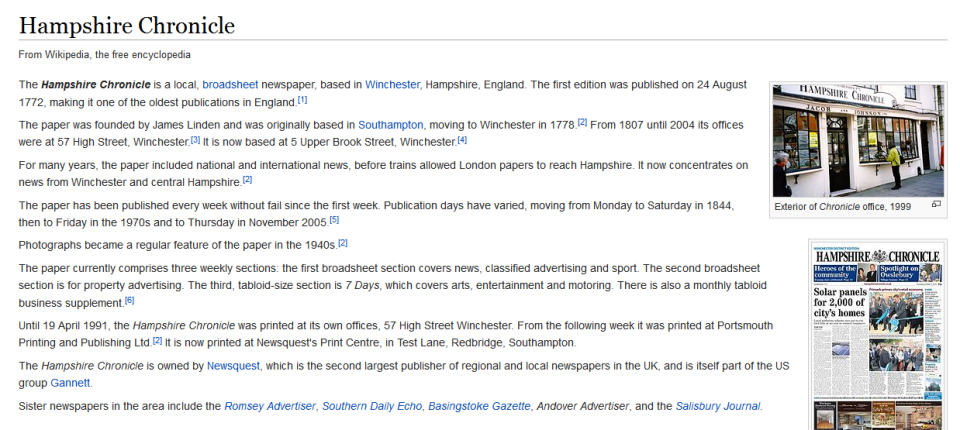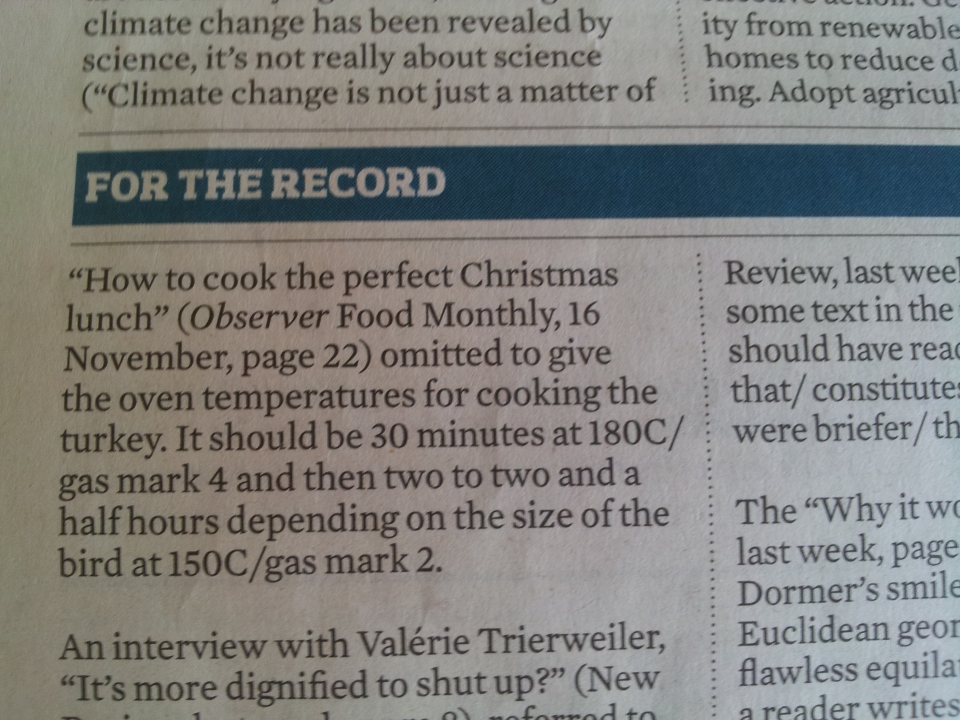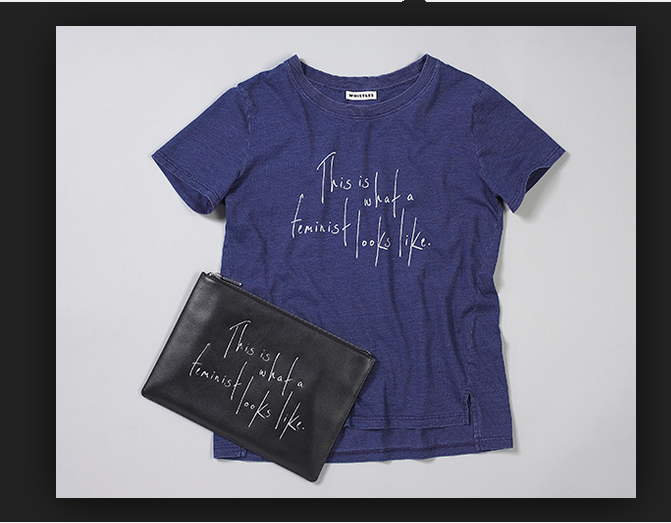
The raw material: Donald Trump in campaign mode, Wikipedia image
Since the election of Donald Trump (and, like many people, I feel upset just typing those words) there has been a lot of debate about the role of journalism in his becoming US president elect.
An early issue up for debate was the behaviour of traditional press and broadcast outlets. Some, of course, were Trump supporters: which, in a way, is fine. You can deplore Fox News (or, in the UK, the Daily Mail) but you can hardly be in any doubt about where it is coming from.
The issue that got brief attention was that ‘impartial’ sources tended to give near-equivalent mentions to the latest accusations (of fraud, racism, misogyny…) against Trump and the endlessly reheated issue of Hillary Clinton’s use of a private email server for state business (not helped by the late intervention of the FBI).
More recently, there has been much discussion of the role of social media and, in particular, Facebook, both in presenting credible and non-credible news stories in the same timeline, making it hard for users to distinguish between them, and in disseminating outright false news.
Facebook is getting the facetime
The Facebook issue is interesting because it is so keen to claim that it is not a news service – just a platform on which news happens to be posted. Yet, as the Digital Editors Network conference I wrote about below discovered, news is hugely valuable to it.
Pew research in the US says 44% of Americans get their news Facebook, so it keeps them there and in front of its advertisers. Like it or not, this makes it a media player, both for feeding users information that keeps them in their ‘filter bubble’ and for feeding them outright lies.
Quite what Facebook will do about this is interesting. Getting staff in to verify sources, fact check details, and promote credible stories would take it well into traditional journalism territory; with all the costs and potential for political rows and libel cases that come with it.
It’s hard to imagine it wanting to do this – its previous attempts to tackle false news have focused on retaining its ‘we’re just a platform’ defence by letting users report false information.
Even if it did, it might not make much difference unless it also changed the algorithm by which it pushes ‘liked’ information to people; which would disrupt its business model; just as the traditional newspaper model looks less and less sustainable.
New doesn’t mean mainstream
While it’s interesting, though, I wonder if the Facebook row is something of a distraction. Logic dictates that if 44% of Americans are getting their news from Facebook, the majority are still getting news elsewhere. Plus, of course, even Facebook users will have other news sources.
Given the long-term decline in newspaper readership, let’s assume a big bit of ‘elsewhere’ is broadcast output – if not set-piece TV news and current affairs shows, for which audiences are also in decline, then short, radio bulletins. This focuses attention back on the issue of what passes for ‘impartial’.
In the UK, the BBC has been called out for trying to fulfil its remit to be ‘impartial’ by getting two voices to speak on a controversial subject, even when one is representing a minority position, or claiming a fact or non-fact as nothing more than a point of view.
This has been blamed for skewed public perceptions of issues ranging from the MMR vaccine to climate change and Brexit. It’s also an important component of the ‘normalisation’ of figures such as Nigel Farage, who now appears on flagship shows as if his views were part of acceptable, mainstream, discourse.
The impact of constant, short, and ubiquitous bulletins
This failure is exaggerated when news is boiled down into very short bulletins of the kind that go out around music programmes and so get piped into shops, workplaces, and cars. I doubt broadsheet and academic commentators hear many of these; or regard them as worthy of being called news if they do.
But driving around Leeds during the EU referendum campaign, it was not unusual to hear ‘on the hour’ bulletins that boiled the issues down to “Brexit supporters have claimed leaving the EU will deliver £350m for the NHS; Remain supporters have disputed this… and now the weather.”
The same phenomena can be seen in free newspapers and, of course, social media. A quick glance at Google and Twitter analytics for any given piece of content will suggest that people don’t so much consume news as headlines and summaries via their feeds; and in practice the summaries may be swapped out for a comment or bit of invective.
Unfortunately, the question of how we might address the impact of news being reduced to a headline and 140 characters across so much free to air content makes the question of how to tackle false news on Facebook look easy. Perhaps that’s another reason it doesn’t come up much.
Do the devices matter?
One further issue that I’ve not seen touched on anywhere is whether the devices on which people consume news and comment in themselves affect their perception of it.
There’s an unspoken assumption in most commentary on the media, Trump, and Brexit that it is content, not the vehicle for it, which matters. But two thoughts prompt the idea that the device itself might have an effect.
Firstly, I’ve commuted for a long time. When I first started travelling to work, people read papers on the train, and those papers were an important projection of the kind of people they were (respectable Telegraph readers, Guardianistas).
Over the years, fewer and fewer people have read papers and more and more have taken to using laptops and then smartphones on their journeys. People invest a lot of research and money in choosing their devices, and a lot of time in loading them up with the right kind of apps.
As such, they’ve taken on a chunk of the outward show of ‘this is who I am’ that used to be expressed by a paper. If people are going to invest so much in a device then, intuitively, it seems likely that they are going to place weight on the information they receive over it.
Secondly, in my day job I write about NHS IT, and I recently came across the idea of a ‘digital placebo’ – just delivering advice to people over their phones, or giving them access to a monitoring app, made them feel better.
Why? Again, because they were so invested in their phones that they enjoyed using them and put additional trust in an intervention delivered this way.
The medium and the message
If people are going to invest extra credibility in the news they get via their devices, just because they are getting it via their devices, then efforts to make sure that information is balanced, correct, easy to identify as such, and accessible outside an algorithmic ‘filter bubble’ will be important.
Yet somehow it feels like it won’t be enough. I’m not sure what media outlets can do with the thought. But papers used to put a lot of effort into their print products and design, to project their values and reader aspirations.
That will be hard to replicate in a world in which Apple and Samsung own the media, and much of their content appears on feeds that are outside their design. But somehow it feels as if we are going to have to address the medium as well as the message.







